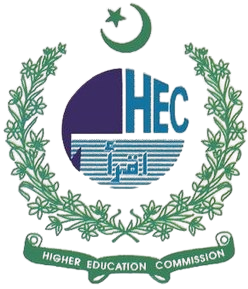CLEFT CONSTRUCTIONS IN BRITISH AND PAKISTANI ENGLISH NEWSPAPERS: A COMPARATIVE ANALYSIS
DOI:
https://doi.org/10.63878/jalt859Keywords:
Cleft constructions, Journalistic discourse, Newspapers, British English, World Englishes. Pakistani English.Abstract
This article provides a detailed analysis of cleft constructions (i.e., it-clefts, wh-clefts, and all-clefts) in health-related reports of Pakistani and British journalistic English. Based on a comparable corpus of fifty texts (25 Pakistani, 25 British) taken from newspaper articles (total 178096 words), a mixed-methods approach has been adopted with the aim of unearthing cross-cultural patterns related to syntax and their rhetorical purposes. Data were extracted over 12-week time period (March–May 2025) by automated Python scripts, independently validated (Cohen’s κ = 0.87). Texts were preprocessed using NLTK, and segmented for pattern extraction; the quantitative frequencies were normalised per 1000 words and analysed by chi-square tests using SPSS 27, and the qualitative discourse functions were coded in NVivo 14. Quantitatively, British newspapers use clefts at a frequency approximately double as compared to Pakistani newspapers (2.05 vs. 1.09 per 1000 words; χ²(1)=8.23, p<. 01), as well as for it-clefts (p=. 006) and wh-clefts (p=. 024). In qualitative terms, Pakistani clefts are mostly explanatory (48.4%), in accordance with the didactic focus on clarity, while British journalists resort to clefts more often for contrast (20.0%) and emotional appeal (12.1%), emphasising narrative and (linguistic) persuasive purposes. Both corpora, however, exploit emphasis clefts at similar frequencies (≈27 – 30%) highlighting their cross linguistic nature in emphasizing focal items. These findings reveal the interplay between editorial policy and audience expectation as reflected in syntactic preferences in global English journalism. The Pakistani health reporting also privileges a pedagogical framing, whereas the British outlets deploy the rhetorical versatility of the cleft as a persuasive vehicle to affect emotion and comparison for their readers. Methodologically, by combining automated extraction, manual validation and mixed-methods coding, our approach to building the corpus provides a strong corpus-based framework for future research in syntactic variation. This research both adds to the theory of World Englishes and discourse analysis and points the way to further work on digital and broadcast media in order to monitor emergent editorial practices.
Downloads
Published
Issue
Section
License

This work is licensed under a Creative Commons Attribution-NonCommercial-NoDerivatives 4.0 International License.


